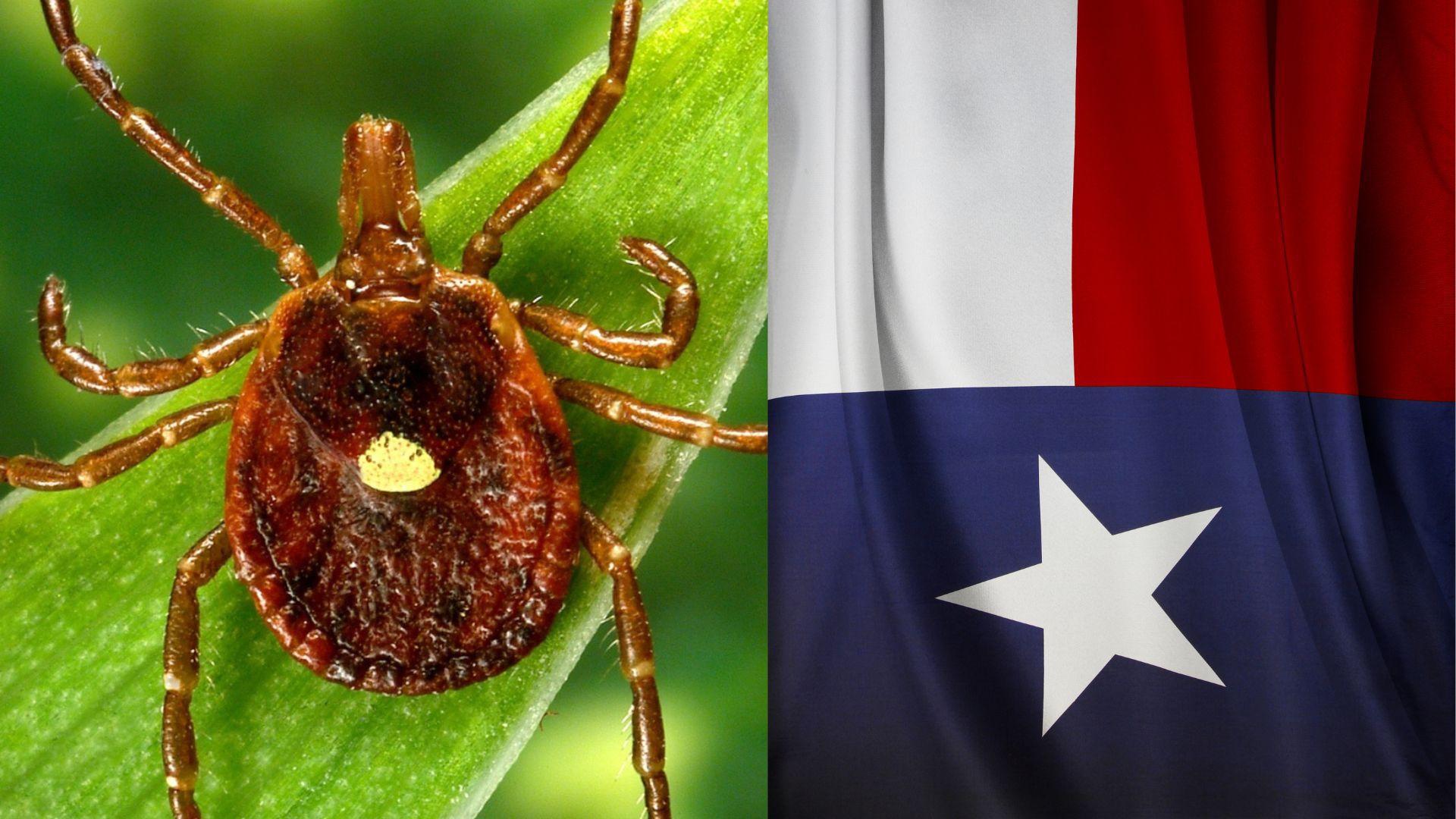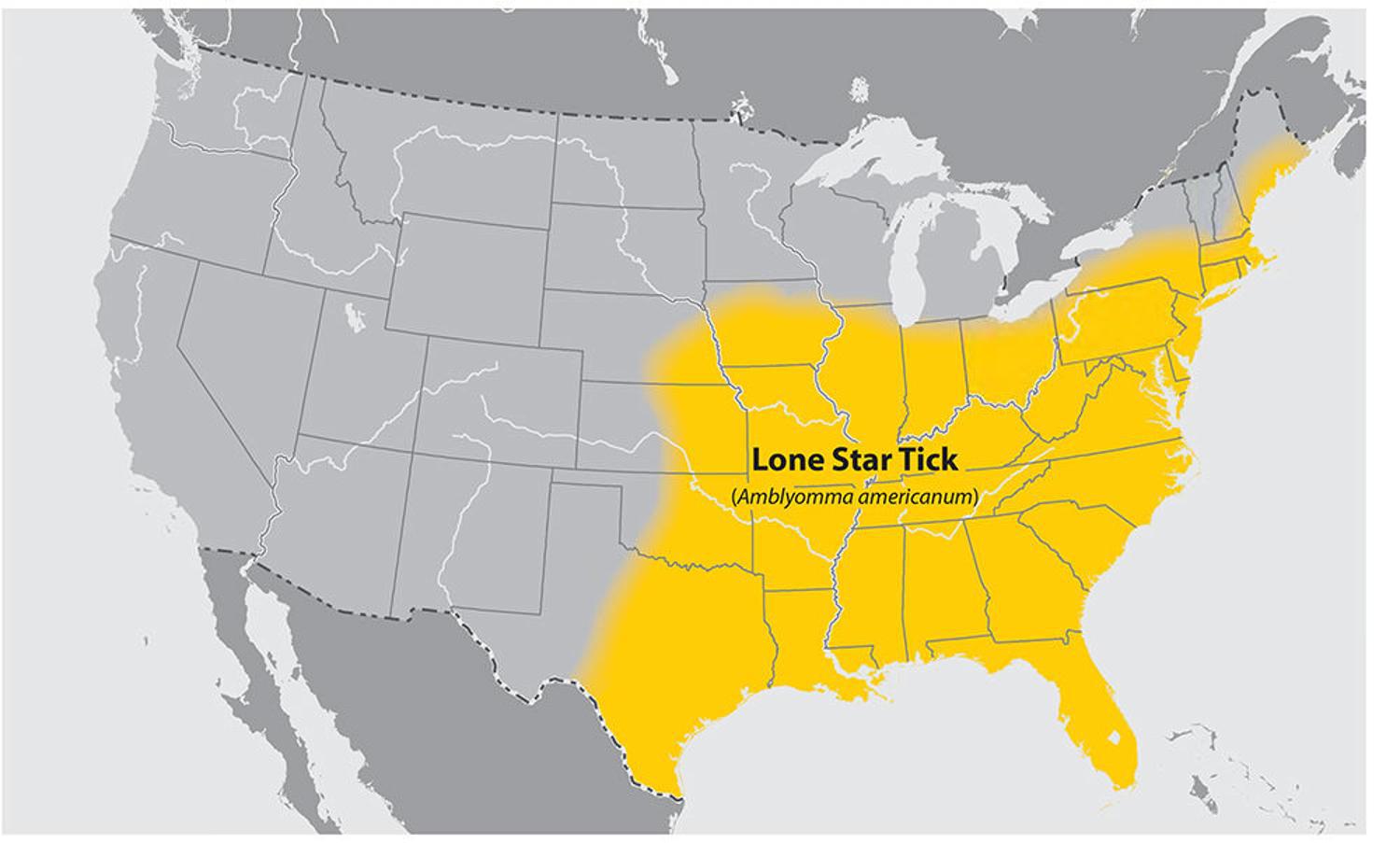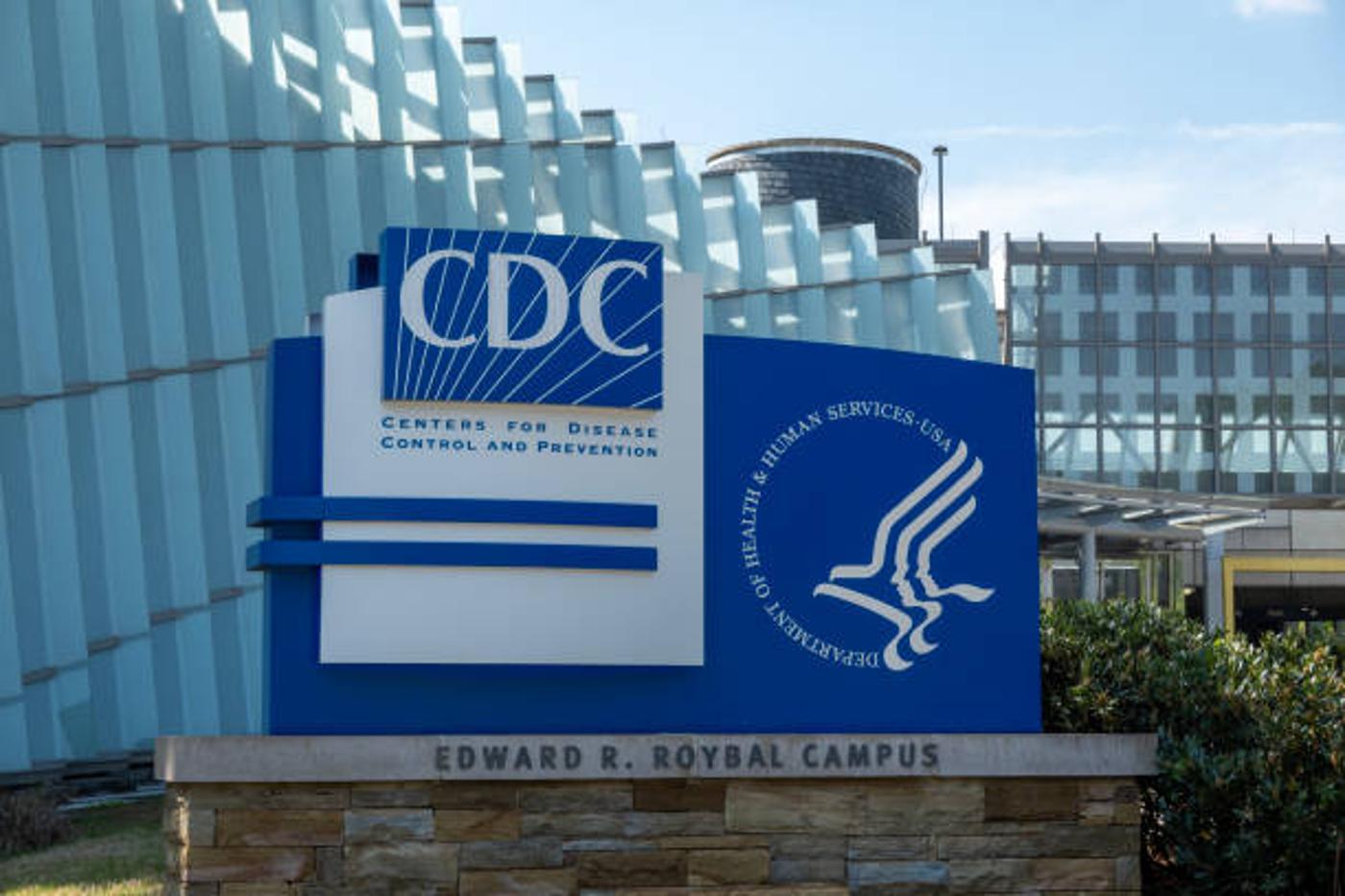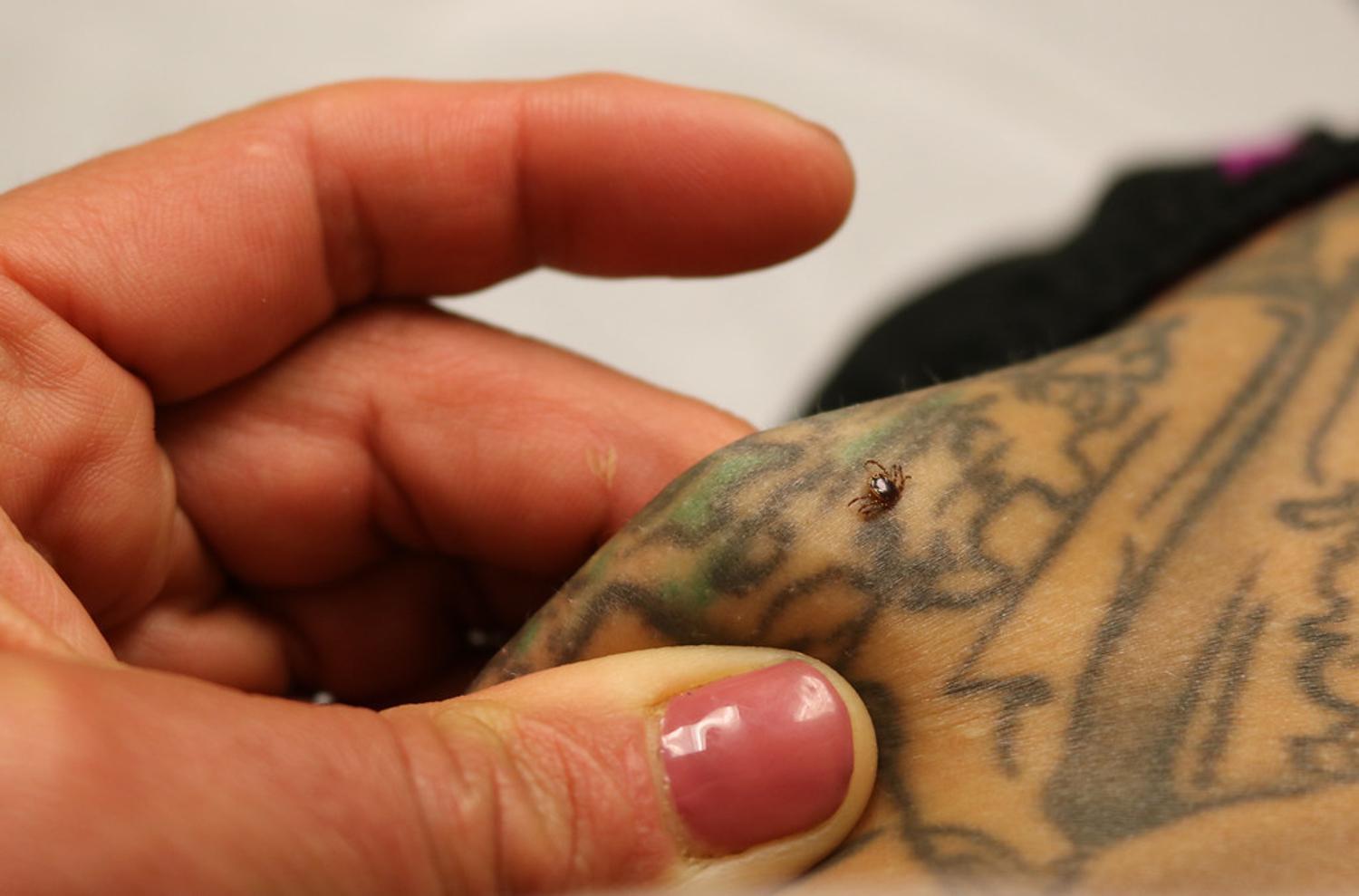There seems to be yet another downside to the changing climate: as temperatures warm, a specific species of ticks that cause meat allergies and a variety of other dangerous illnesses is spreading throughout the US.
Known as the lone star tick, the CDC is quite worried about the speed at which this menacing critter is spreading from the Southeast to the rest of the country and the risks it brings with it.
The Lone Star Tick

The lone star tick is aptly named as it has a singular white spot on its brown body, similar to the lone star on the Texas flag. Other than this tiny spot, the lone star tick looks quite similar to other North American ticks, but it doesn’t act like them.
The lone star tick is known for its aggressive behavior, biting humans far more frequently than most other species, and unfortunately, their bites can be lethal.
Lone Star Ticks Need High Humidity to Survive

The lone star tick can, in fact, be found in Texas, as well as all other southern states on the way east to the Atlantic Ocean. Historically, the reason why it always preferred the southern states to their northern neighbors is because lone star ticks need high humidity to survive.
However, researchers have found that, as the global temperature rises, the northeast of the US can now offer the lone star tick their preferred conditions in the summer months. And large packs of lone star ticks have already started migrating north.
Lone Star Ticks Could Be Anywhere

Lone star ticks, like most other species, are really only active in the summer months from April to August. They live in wooded or grassy areas, including backyards, parks, and various other frequently visited locations.
Additionally, lone star ticks are incredibly small and can be extremely difficult to locate or even feel on a human or animal body. But this is true for all tick species, so why are researchers so worried about the lone star tick?
The Dangers of the Lone Star Tick

While the majority of ticks carry diseases, the lone star tick is known within the community for being especially dangerous, as it carries more viruses than almost any other species.
The Mayo Clinic reports that lone star ticks can spread heartland virus disease, bourbon virus disease, tularemia, a tick-associated rash known as STARI, and alpha-gal syndrome.
Bites From the Lone Star Tick Are the Leading Cause of Alpha-Gal Syndrome

Alpha-gal syndrome is an illness that causes an allergy to the sugars found in beef, pork, lamb, and other red meats, as well as cow’s milk and some medications.
There were an estimated 110,000 cases of alpha-gal syndrome in the US between 2010 and 2022, but the CDC reported that number may be as high as 450,000. And almost every single one of these cases was caused by a lone star tick bite.
Symptoms of Alpha-Gal Syndrome

After being bitten, the symptoms of alpha-gal syndrome typically present within two to six hours. These symptoms include flushed skin, hives, itchy skin, swelling of the lips, eyes, throat, tongue, or face, abdominal pain, diarrhea, heartburn, shortness of breath, and nausea.
Sometimes, the symptoms do not occur until after a person has consumed red meat or other cow products. And there are even some reports that show it could take months for the allergy to set in.
Lone Star Tick Bites Can Be Fatal

The other diseases that lone star tick bites carry, including tularemia or rabbit fever and the heartland virus, can both be fatal if not treated in a timely manner.
The symptoms for tularemia include fever, chills, headaches, and shortness of breath, whereas the symptoms of the heartland virus vary from fever and fatigue to decreased appetite, nausea, and muscle or joint pain. If you have been bitten by a tick and are experiencing any of these symptoms, you need to contact your doctor immediately.
The CDC Recommends All Americans Familiarize Themselves With Lone Star Ticks

Previously, only residents in the southern states needed to understand the dangers of lone star tick bites.
But now that they have been spotted as far west as Wyoming and as far north as Maine, the CDC has announced that all Americans need to be on the lookout for these aggressive creatures this summer.
How to Protect Yourself From a Lone Star Tick Bite

It can be exceptionally challenging to protect yourself from a tick bite as they are so small and often like to hide in hair or behind joints.
Therefore, the CDC recommends treating all clothing, shoes, and gear with bug deterrents that contain at least 0.5% permethrin, as well as using EPA-registered insect repellents on your skin before heading outside.
Checking for Ticks After a Day Out in Nature

Additionally, the CDC says Americans should know where to expect ticks, like grassy or wooden areas, and try to avoid them to the best of their ability. That means staying in the center of a hiking trail and choosing a picnic spot in short grass.
Even when using precautionary measures, you should still check your body, your family’s bodies, and even your pets for ticks after spending time outside this summer.
If You Were Bit by a Lone Star Tick, Call Your Doctor

Now that you know exactly what a lone star tick looks like, you will be able to spot them when doing a tick check. If you or someone you love has been bitten by a lone star tick, it’s time to call the doctor.
Many of the common diseases passed along by lone star ticks can be extremely dangerous, but if they are caught early enough, your doctor could save you from illness, allergy, and unnecessary discomfort.








































